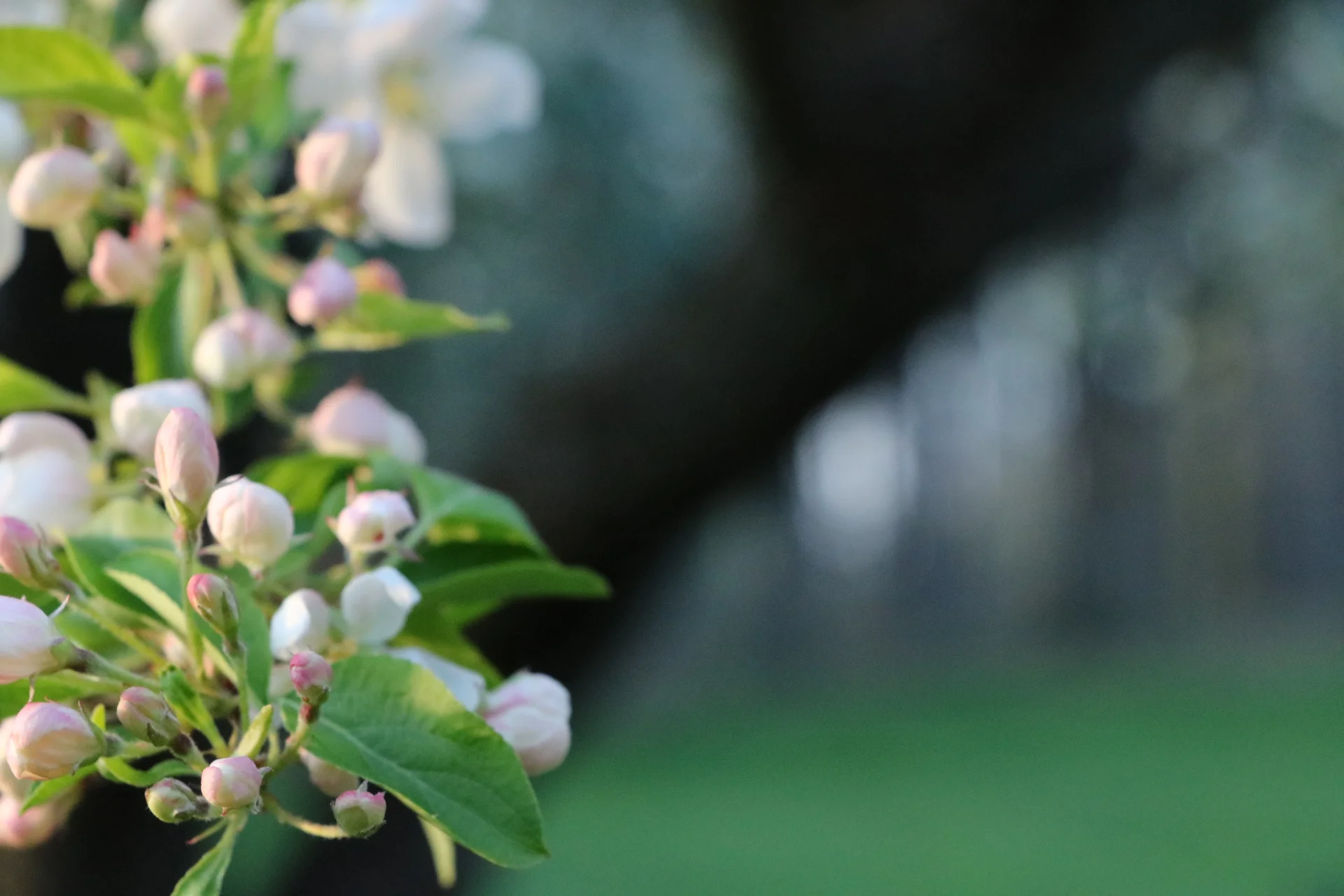Spring-blooming shrubs for the native plant garden
/Nothing quite compares to seeing the first colorful blooms in the garden after the winter doldrums. Forsythia, with its vibrant yellow early April flowers, counts itself as one of the most recognizable early risers for many of us.
The 11 species of forsythia, which are part of the olive family, are mainly native to East Asia, and they have been a garden mainstay in European gardens since the 1700s. Forsythia is still widely planted, and while it can remain tame in a manicured bed, it can be an aggressive interloper when it pops up over the garden wall. It spreads vigorously, can choke out native shrubs and perennials, and while it does provide nice cover for birds in winter, it does not offer much in terms of ecological benefits.
There are several shrubs native to Western New York that can provide the early spring pop of forsythia while offering our local ecosystem more than a pretty face. Here are a few to consider:
Northern Spicebush (lindera benzoin)
Clusters of yellow-green flowers emerge close to the stems before leaves then red berries follow on female plants (if pollination from a male plant occurs). Spicebush prefers medium-to-moist soil and part shade, although it can take sunnier spots with enough moisture. Bank on a mature size between 6 and 10 feet tall and wide for this native shrub.
Serviceberry (amelanchier canadensis, amaelanchier laevis, etc)
The fragrant white flowers of the serviceberry are an early nectar source for many pollinators. Several species of serviceberry, also called shadbush, Juneberry and shadblow, are native to Western New York, and thickets of this understory plant are easy to spot when it is blooming in March and April. It can present as an upright, small tree or bushier shrub in the 15-foot range, and while serviceberry often favors lowlands and part shade, it is an adaptable choice for many garden locations.
Speckled Alder (alnus incana ssp. rugosa)
Speckled alder forms yellow-green and reddish-brown catkins in winter, which open in early-to-mid spring in Western New York. It’s another plant that favors some sun and moisture, but can adapt to other conditions. Like the serviceberry, it can grow as a small tree or clumping shrub, but can reach heights between 20 and 30 feet. A similar alder species, the tag alder (alnus serrulata) tends to be a bit smaller (10-15 feet) and occurs naturally in the eastern and southeastern part of the state.

